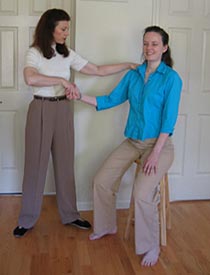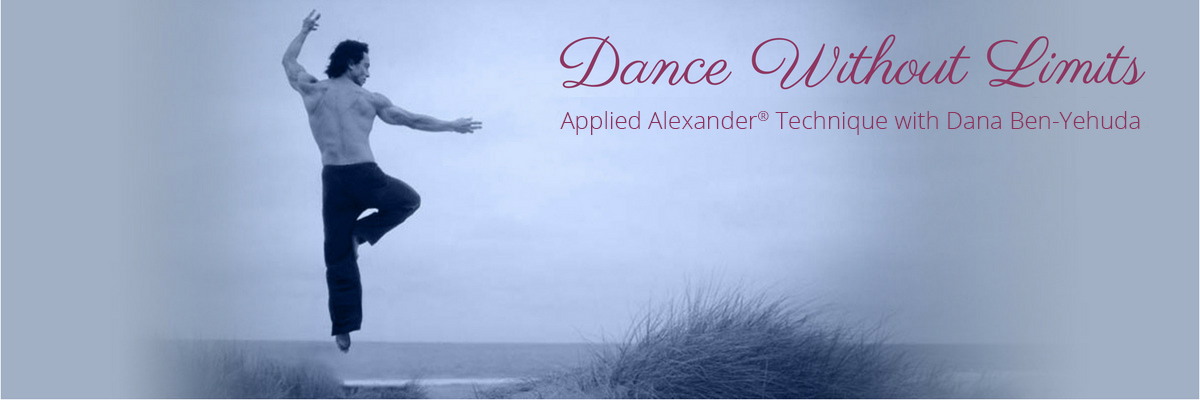An Alexander Technique First Lesson, Part One
Would you like to find out what happens in a first lesson? I’ll try and explain it in a 1-2-3 process.
First of all, we sit down to talk for a couple of minutes. I’ll reiterate that I am not a physician and I do not diagnose or treat illness or injury. However, I still want to understand what issues are of concern to you so I’ll ask you to tell me about them.
Next, I might ask you to do a simple activity such as walk around the room, pick up an object (phone, etc) and put it down, and take a seat. This gives me a chance to observe you in movement and notice how you move when you sit and stand. If you wish, you could bring a musical instrument or a tennis racket or a golf club and I’ll observe you using it.
Then the learning begins.
We’ll work together, using a chair or perhaps walking about. I’ll use words as well as gentle, hands-on guidance to help you begin to move differently and also to understand what it is that you are doing that perhaps is connected with the problem you’re having.
For instance, many times the first thing that happens when you begin to move is tightening your neck and snapping your head back. This is part of a pattern of compression that is often at the root of many physical ailments.
Do you want to find out if you do this? Here’s a way you may be able to notice on your own.
Sit in a chair and put one hand on the nape of your neck.
Now stand up.
Did you feel your head come back into your hand?
Try it again, if you cannot tell.
Then stand up and put your hand on the nape of your neck.
Now sit down! Did you feel your head pull back into your hand?
You may notice this more by sitting or standing, or perhaps both.
If you are doing this, I will help you become aware of this pattern and then learn how to release your neck. This works well with gentle hands-on guidance from a trained teacher. It is not easy to do on one’s own, but it is certainly possible. Alexander did it, however he spent about nine years working out the method. With a trained teacher, most people can make great progress in as many months.
In my next posting I’ll tell you about the “table turn” part of an Alexander lesson.
My goal is to have the best functioning possible with any given condition, and also to have a sense of ease in movement in whatever you’re doing. The skills you learn in the Alexander Technique help to release excess tension. You’ll gain a sense of expansion rather than compression or contraction. That’s a great start!

